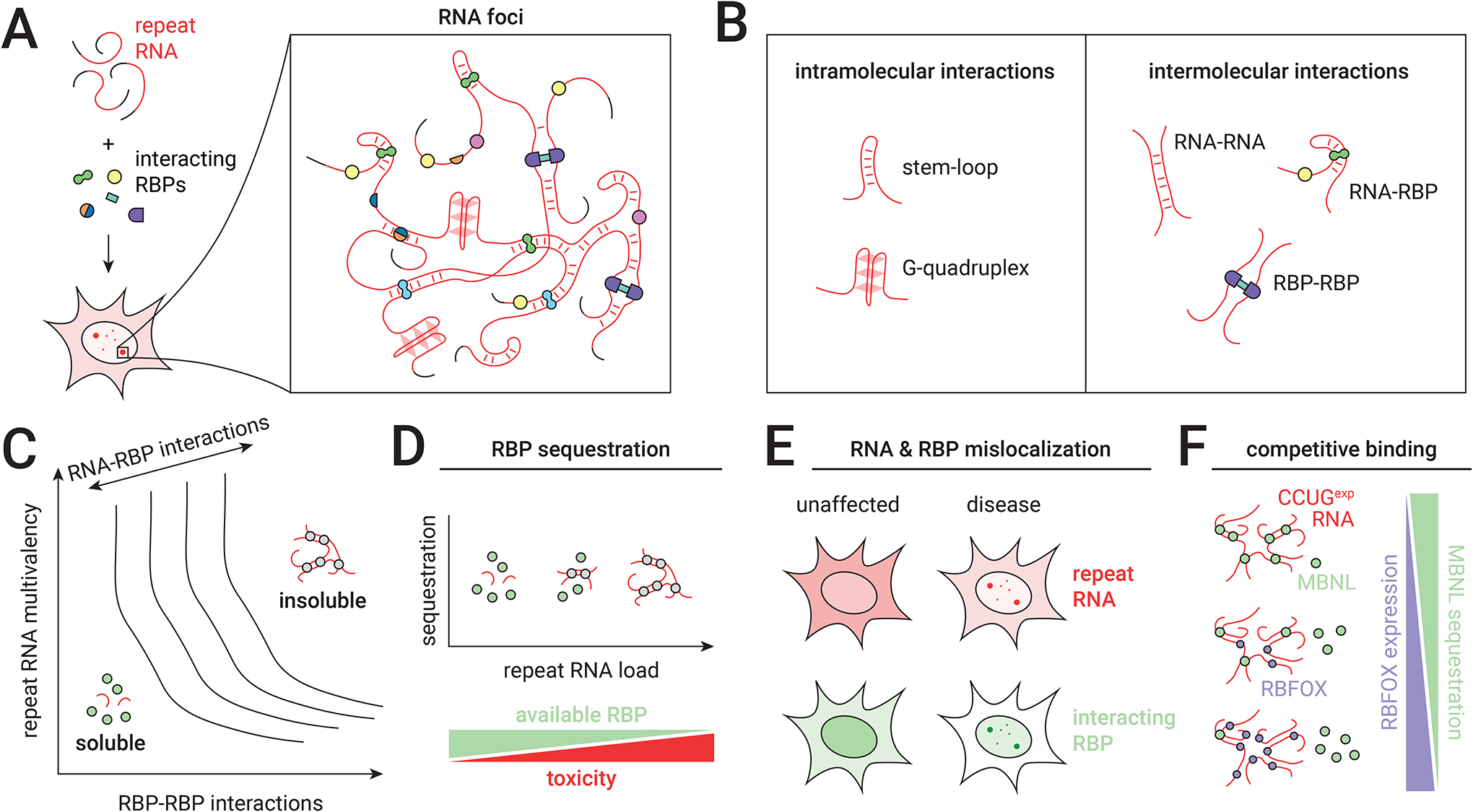Figure 3: Mechanisms of RNA toxicity in repeat expansion diseases.

(A) Long repetitive RNAs and RNA-binding proteins (RBPs) interact to form complex nuclear-retained RNA foci. (B) RNA foci are formed and maintained through a stochastic combination of intramolecular and intermolecular interactions. (C) A conceptual phase diagram [G] describes the thermodynamics of RNA foci in repeat expansion diseases. The transition from soluble RNA to RNA-protein phase separation is defined by the sum of RNA-RNA, protein-protein, and RNA-protein interactions (phase boundary isolines drawn as solid lines). (D) RNA processing is impaired by sequestration of RBPs on repetitive RNA, the extent of which is a cell-specific function of repeat length, host gene expression, and RBP expression. (E) Effects of nuclear retention on RBP localization can be exacerbated by autoregulatory dynamics, which may additionally disrupt cytoplasmic processes mediated by RBPs. (F) Competition between RBPs at RNA foci may modulate disease-associated sequestration. In DM2, both MBNL and RBFOX proteins bind the expanded CCUG repeat RNA, and overexpression of RBFOX partially displaces MBNL from RNA foci in muscle cells.
